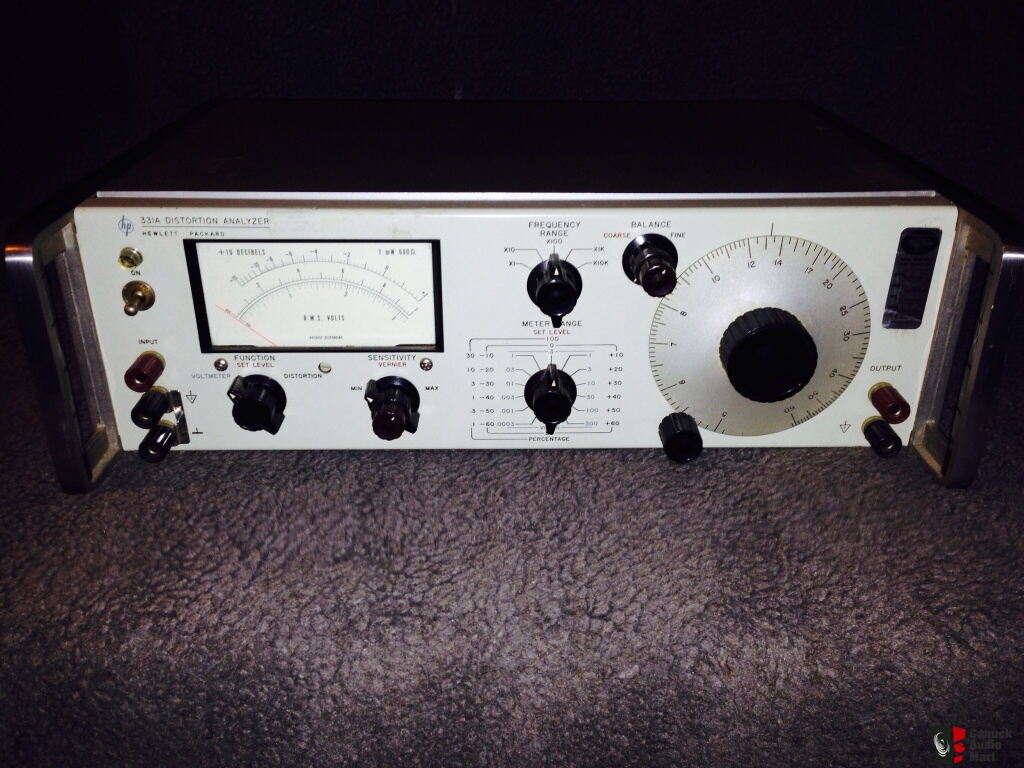Thanx.Rare, but yes. Some opamps work in AB close to their maximum output.
I meant in a hifi amplifier , not anything battery powered .
Thanx.Rare, but yes. Some opamps work in AB close to their maximum output.
Thanx.
I meant in a hifi amplifier , not anything battery powered .
Just glanced over data sheet, no mention of mode of operation.Yes. IIRC the TI LM4562 is one such example.
People are gonna come at you with measurements of numerous class AB amplifiers beating the results above.
However, on a like for like test, your results are valid.
Time to get the PM-95 to Amir for testing then!

When I did something like this in the primordial past, I kept the power output the same, and adjusted the output stage bias. When crossover distortion appeared, it added higher harmonics and some HF noise stuff, but did not seem to affect the primary distortion all that much, although second-order terms rose since crossover glitches appeared at every zero crossing. I had a hard time isolating crossover distortion in the FFT though it was clear on a 'scope.
Primordial past... I do it all the time on vintage restorations, except I feed the output of the THD meter into the scope (x60-80dB). Am I that old?
Rolling eyes.Not going there...
HP 331?
 We had a HP 331 on the shelf to satisfy the service agreements and we never touched it once. We collected Tektronix, Power Designs, Sorenson, Lambda etc and some HP gear but the 331 was a no-go.
We had a HP 331 on the shelf to satisfy the service agreements and we never touched it once. We collected Tektronix, Power Designs, Sorenson, Lambda etc and some HP gear but the 331 was a no-go.
The Cambridge's distortion was below the AP's residual. The Parasound wasn't quite as good, though still reasonably decent.
See a recurring spike at the zero crossing? No? Then there's no crossover distortion.
Ears are wet transducers. The signal processing is done in the wet CPU.
Mac & Linux user here, no Foobar for me.
Otherwise, I'd love to.
Overall though they're a 'nice' sounding amp in my experience, having listened to the JC1's quite extensively.
Comparison to two good class D amps on hand resulted in no audible difference below overload. I guess that's 'nice'?
Not necessarily. We can measure way beyond any human auditory capabilities. And all of those amps perform orders of magnitude beyond what even the sharpest ears can hear- assuming no peeking!If it's measurable, it's potentially audible though. Assuming your ears are good enough.
So we have perfected the art of measurements and their audible effect for audio equipments? ?Not necessarily. We can measure way beyond any human auditory capabilities. And all of those amps perform orders of magnitude beyond what even the sharpest ears can hear- assuming no peeking!
So we have perfected the art of measurements and their audible effect for audio equipments? ?
Since the begining of Hifi history, that statement has been claimed, I wonder how true that is.
We (humans) can easily tolerate and enjoy a tube amp with a 1% THD, yet argue that another amp (mostly SS) with a 0.1% THD has way too much distortion, and 0.00000000001% (!) is better than 0.0000000001% .
Why does @amirm even bothers to measure SINADs over 90dB?
What gives?
Exactly!....... Lots of empty claims and handwaving for sure, but no actual evidence.
Yes, we can measure every aspect of electronics routinely to the ppm level. And no-one has EVER demonstrated that they could hear things that the measurements don’t show. Lots of empty claims and handwaving for sure, but no actual evidence.
